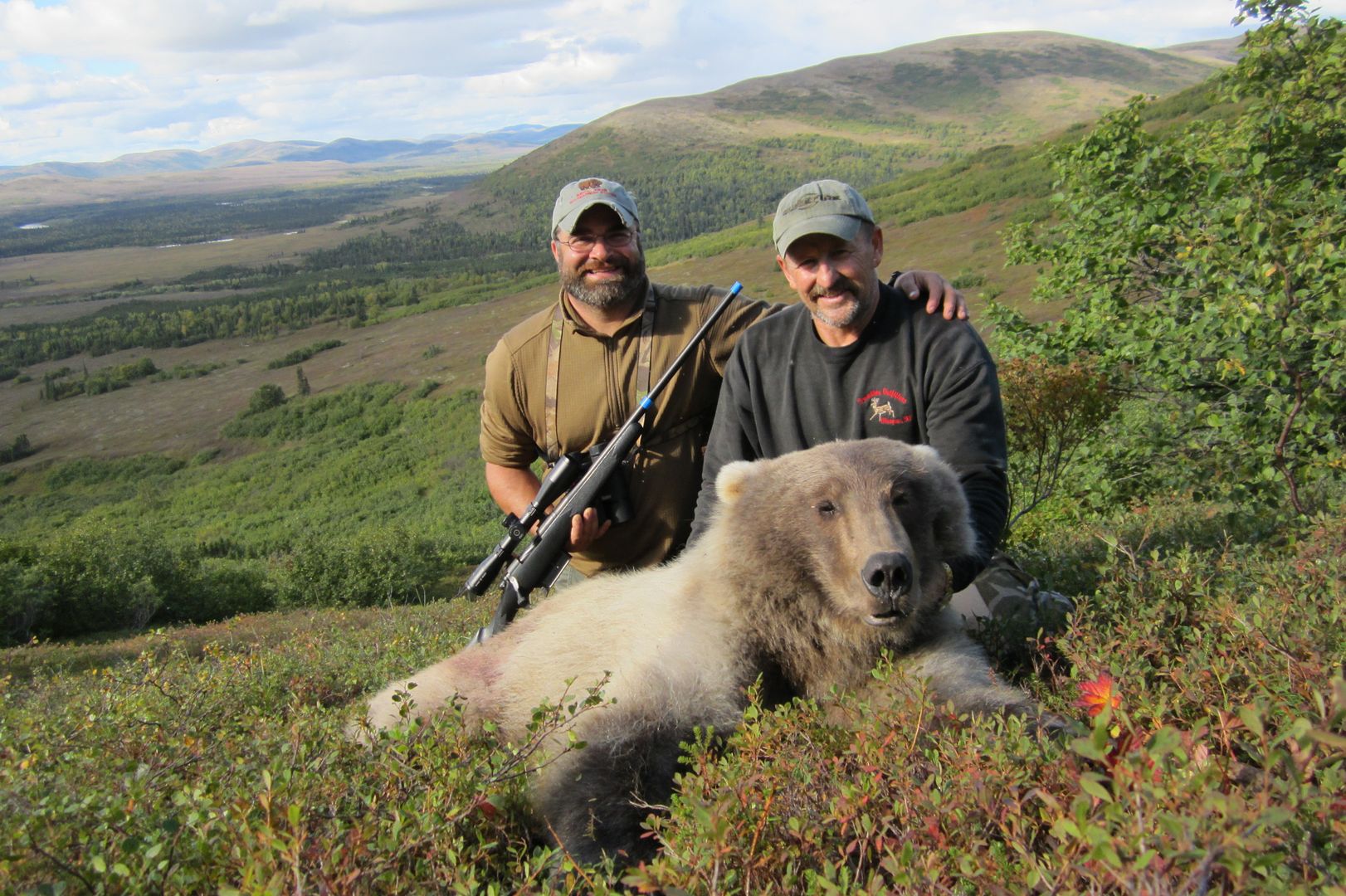A video of a kid shooting a 7mm Rem Magnum equates to a 243, 260 or 308 exactly how again?
Application!
Plenty of people singing the praises of the 6mm & 6.5mm, and using the PRS data to support those arguments. Great if you are shooting something like the PRS. If on the other hand you are going to try and take a shot at an Elk at 1,000+ yds with a 6mm or 6.5mm, totally different application and totally different results. Likewise plenty of people singing the praises of a .308 as the master of all. Once again best of luck with that 1,000+ yard shot using a .308.
This topic was about terminal ballistics, and you can't talk terminal ballistics without qualifying the application. Deer at 100 yards or or Elk at 1,000+ yards? You can obviously use anything from a .243, .260, or .308 for the 100 yard Deer. On the hand, if you want to use a .30 cal bullet for the 1,000 yard elk, then you are going to have to launch a 200+ grain bullet out of a magnum, totally different story.
Per above, a 7mm bullet is about as "optimal" as you can get in terms of both External and Terminal Ballistics for many applications. However, it is obviously not truely optimal for every application.
Yes, I would agree Mauser was headed in the right direction long ago!
Last edited:






